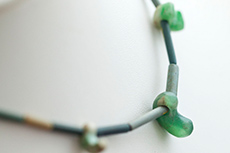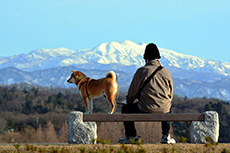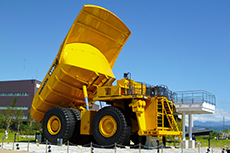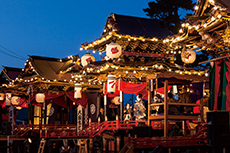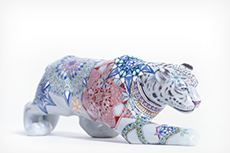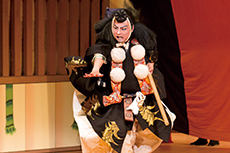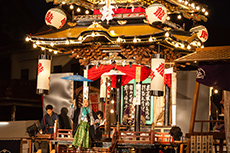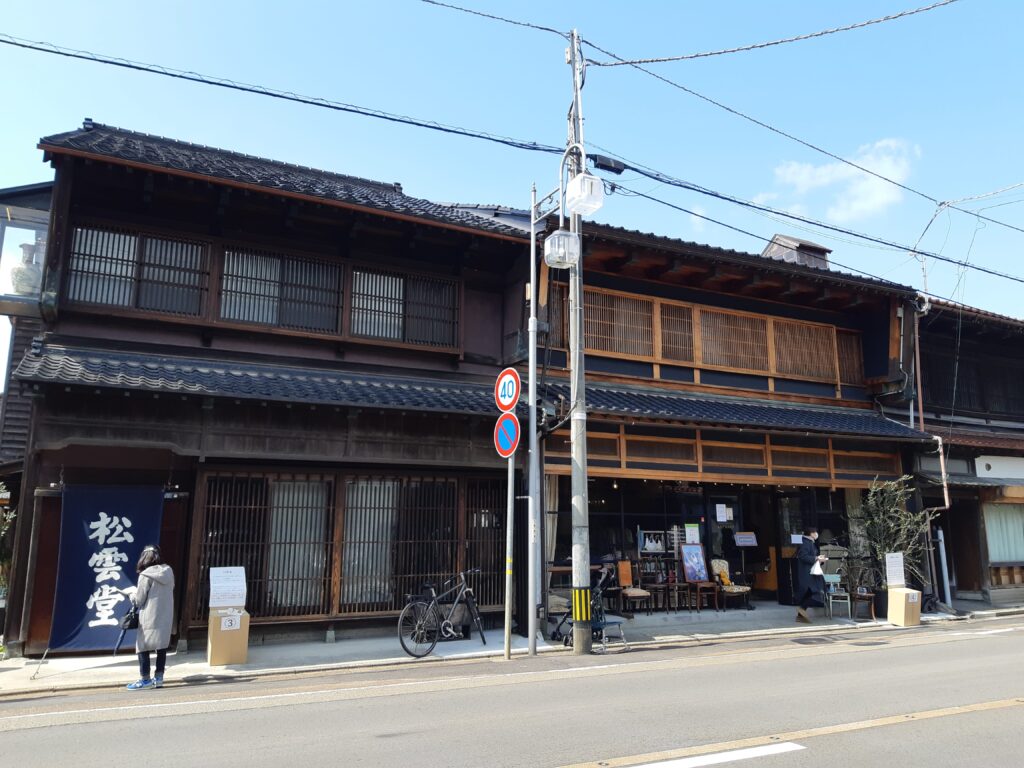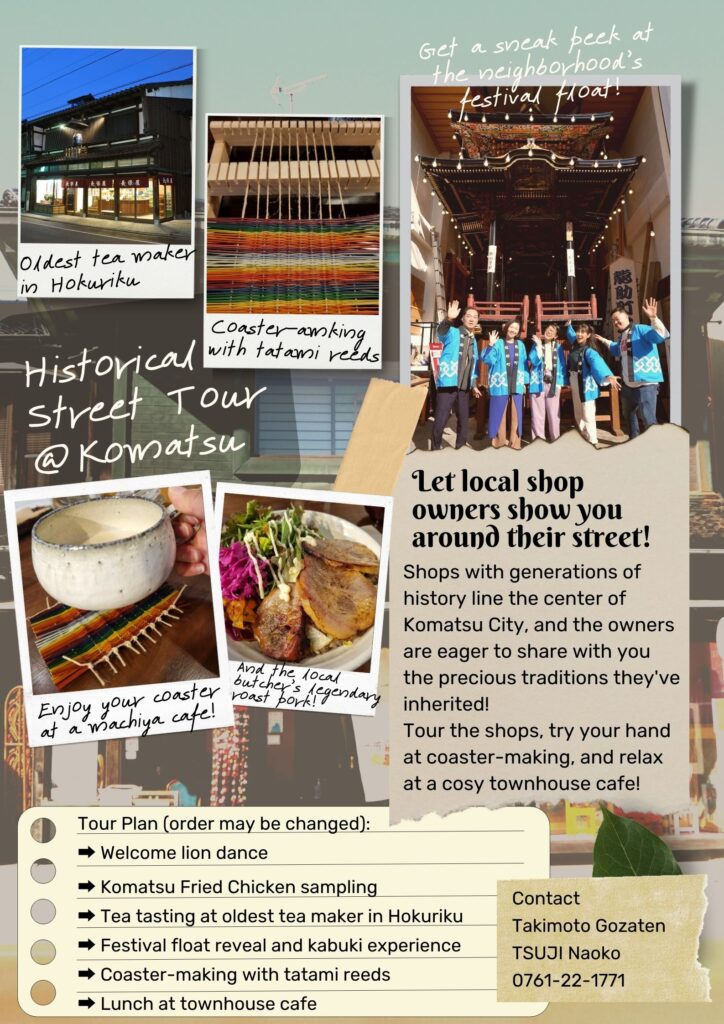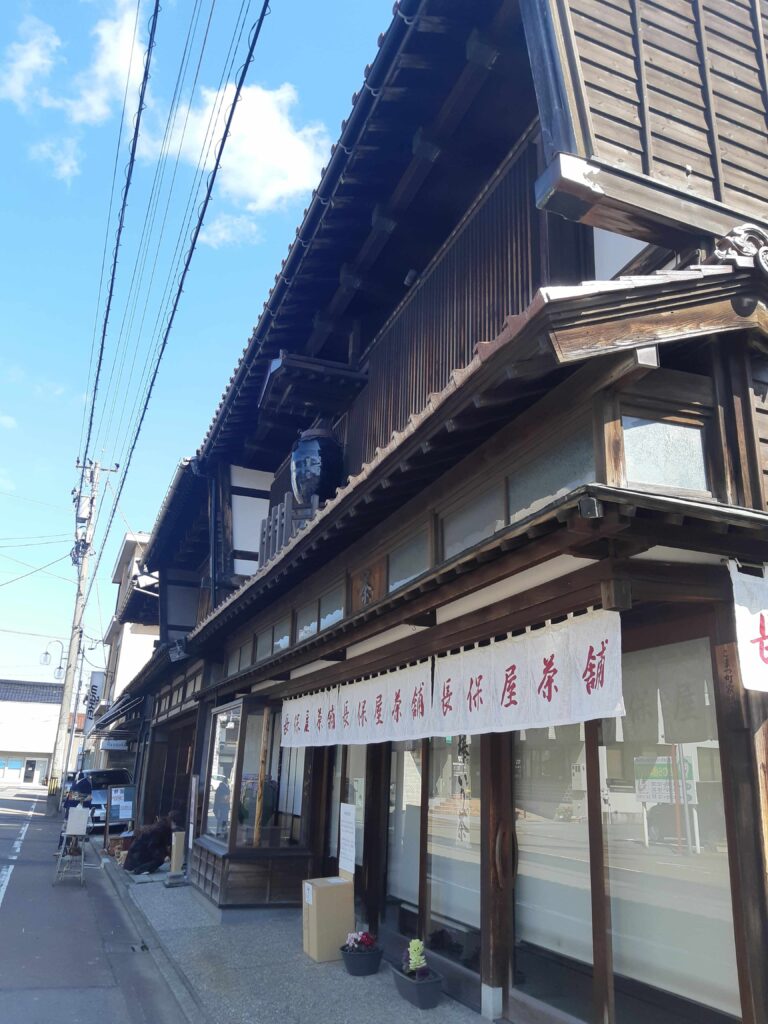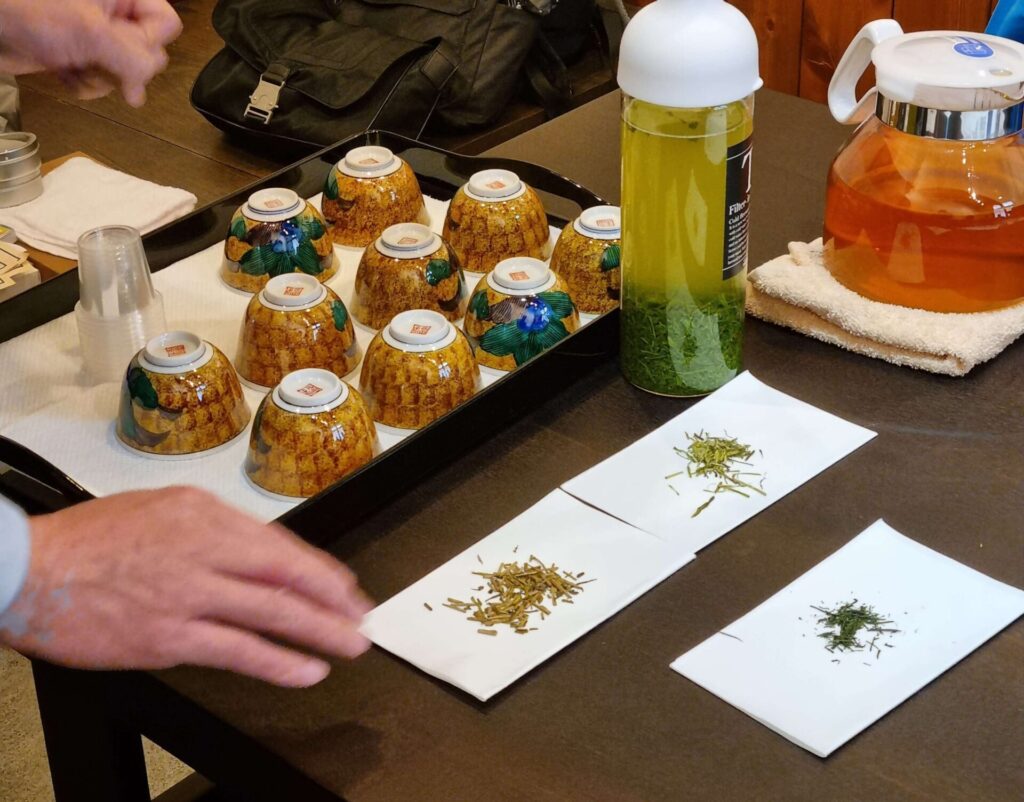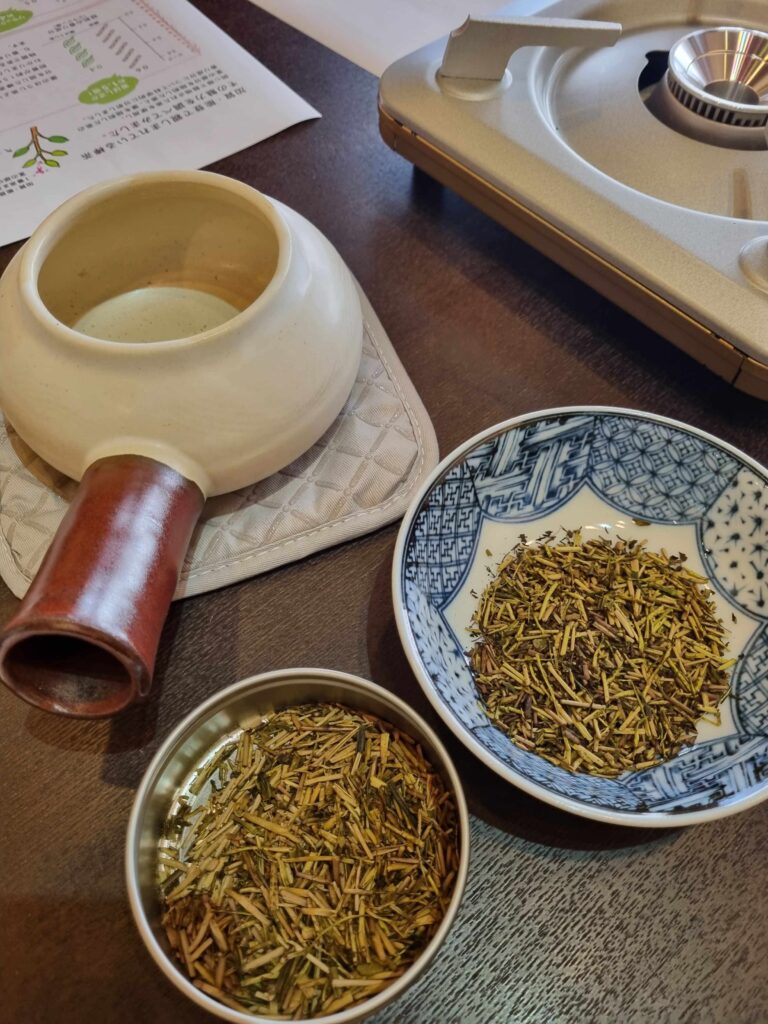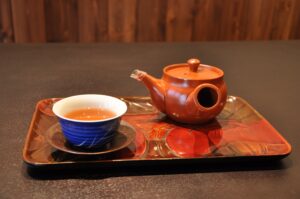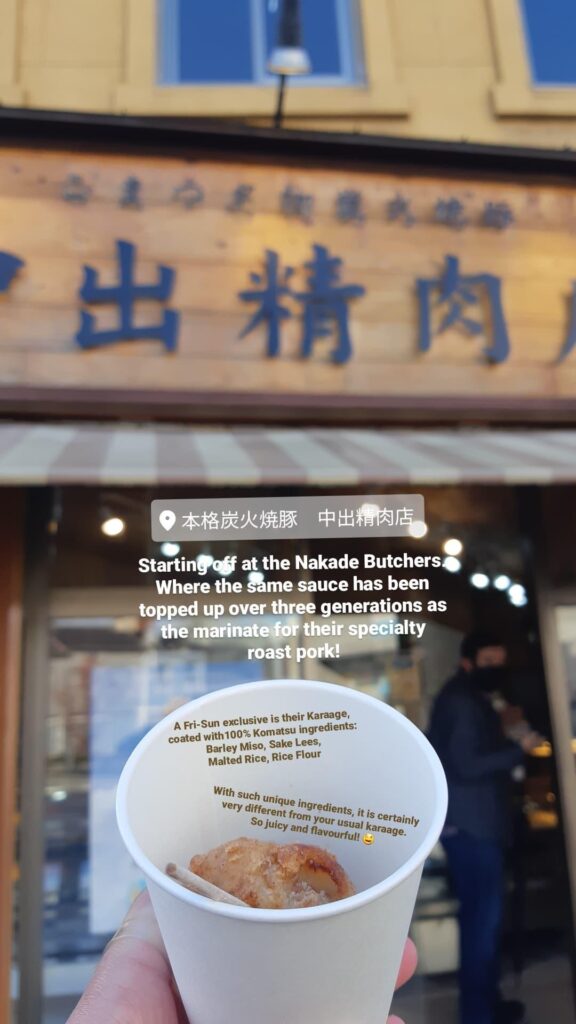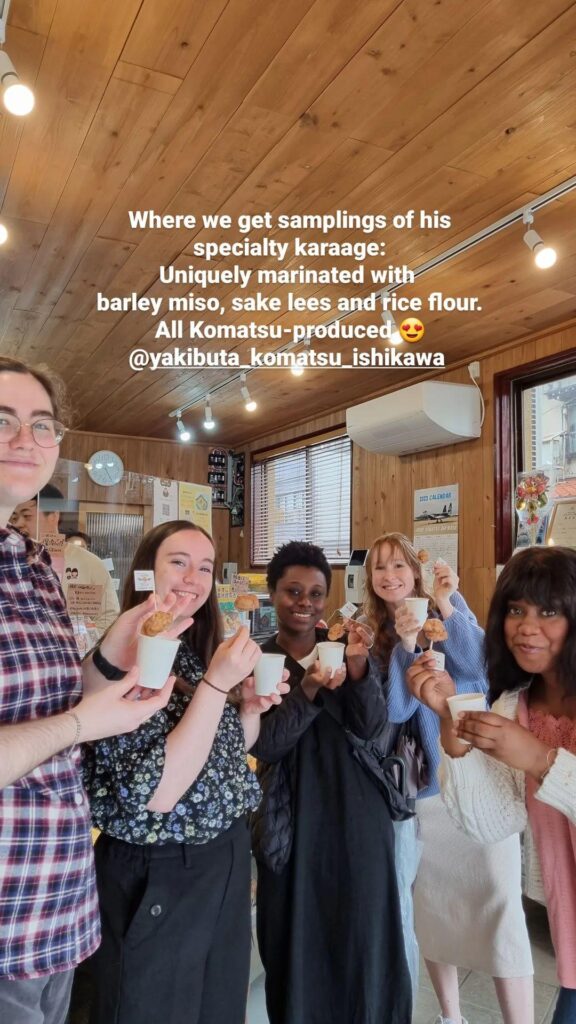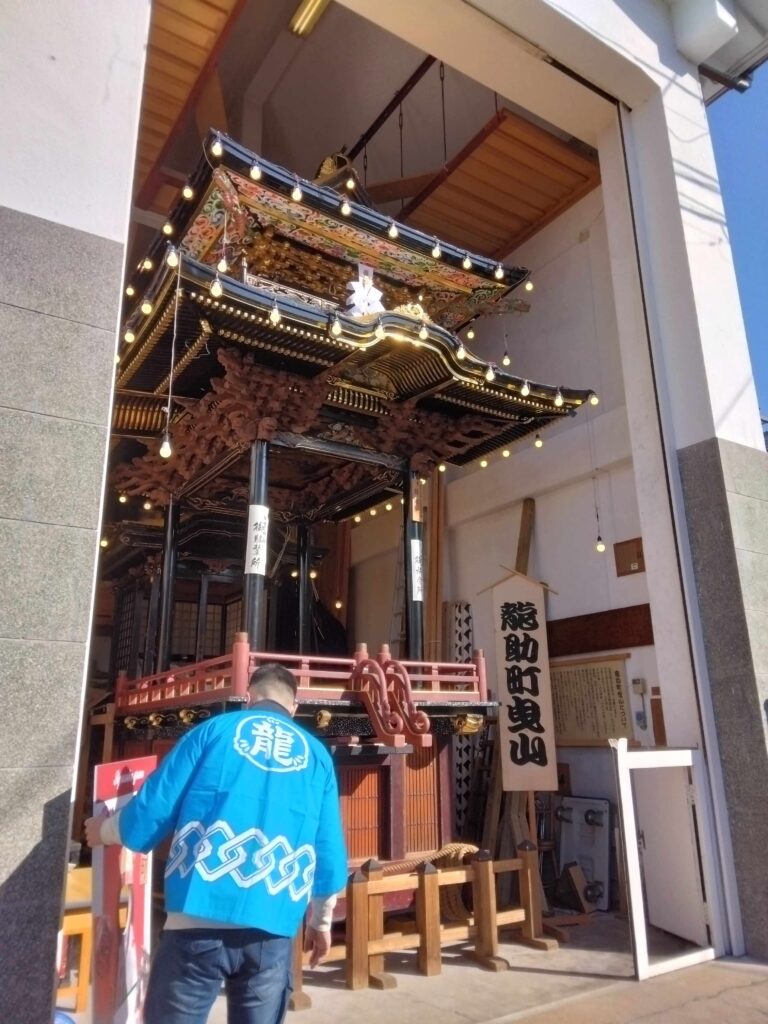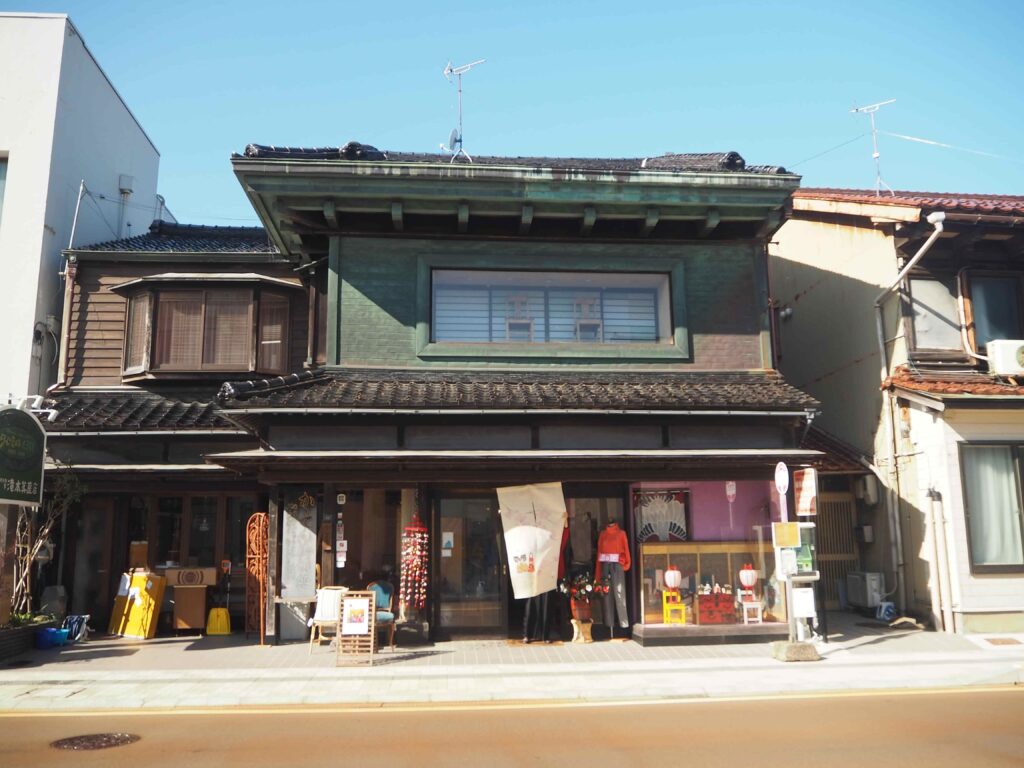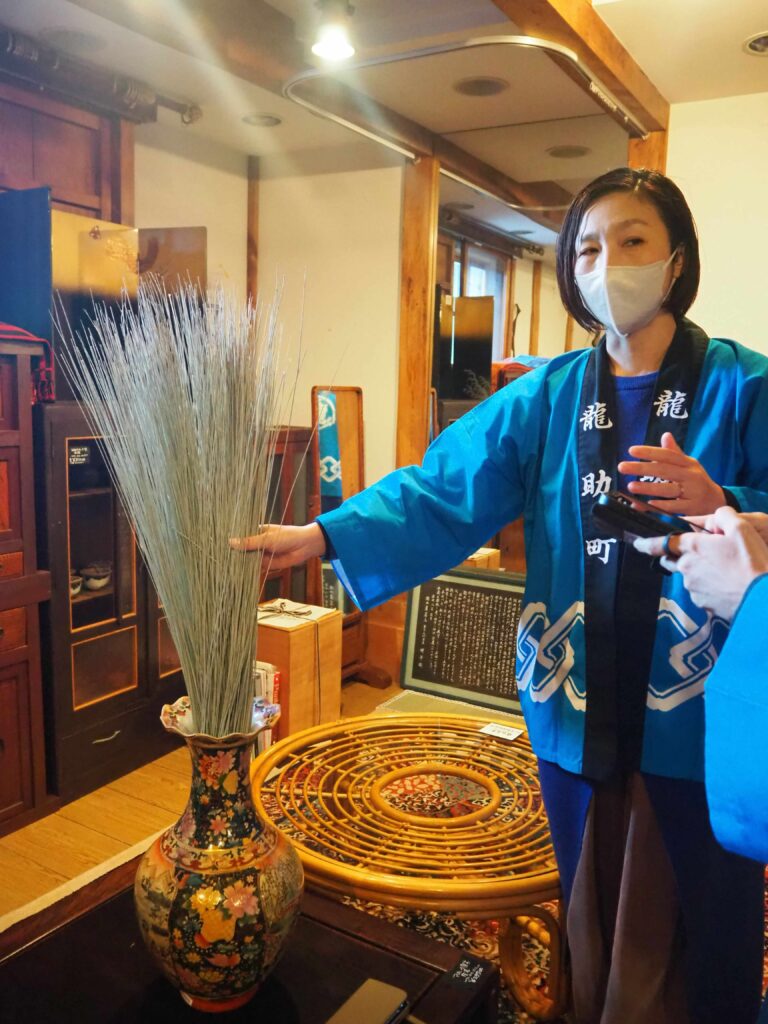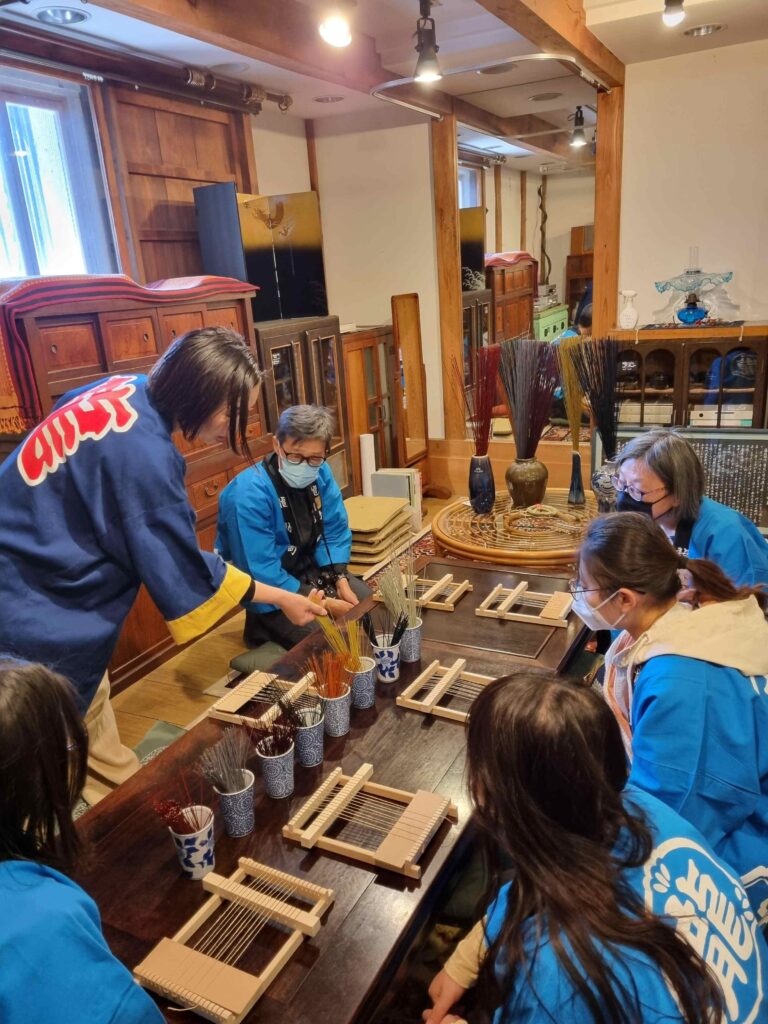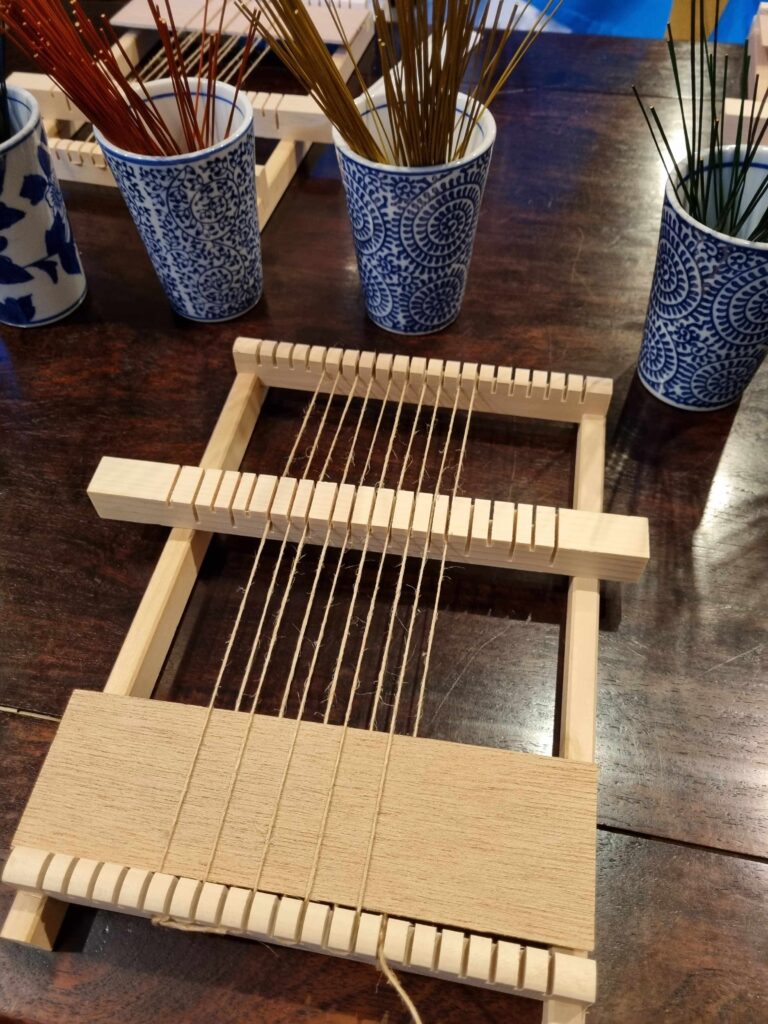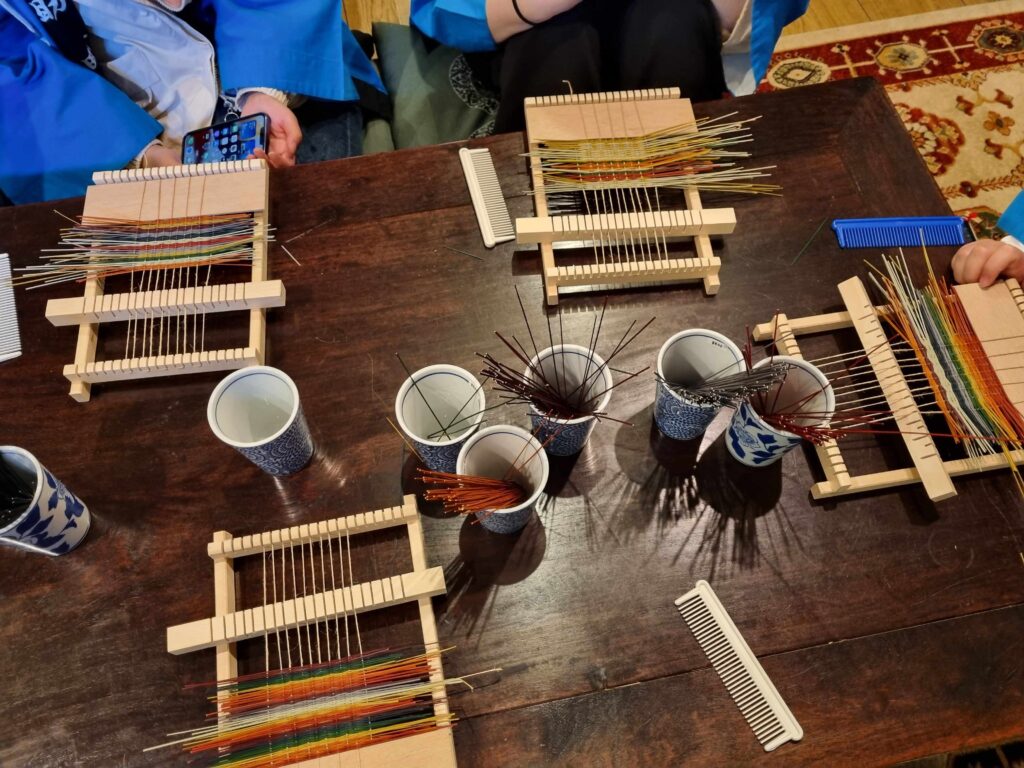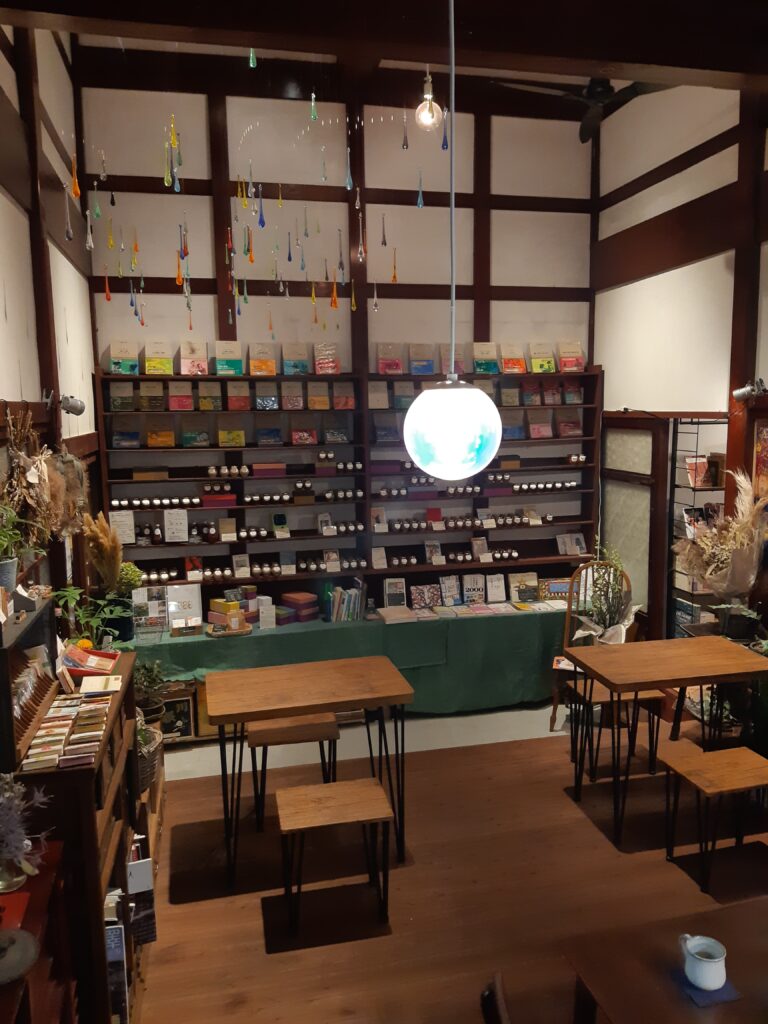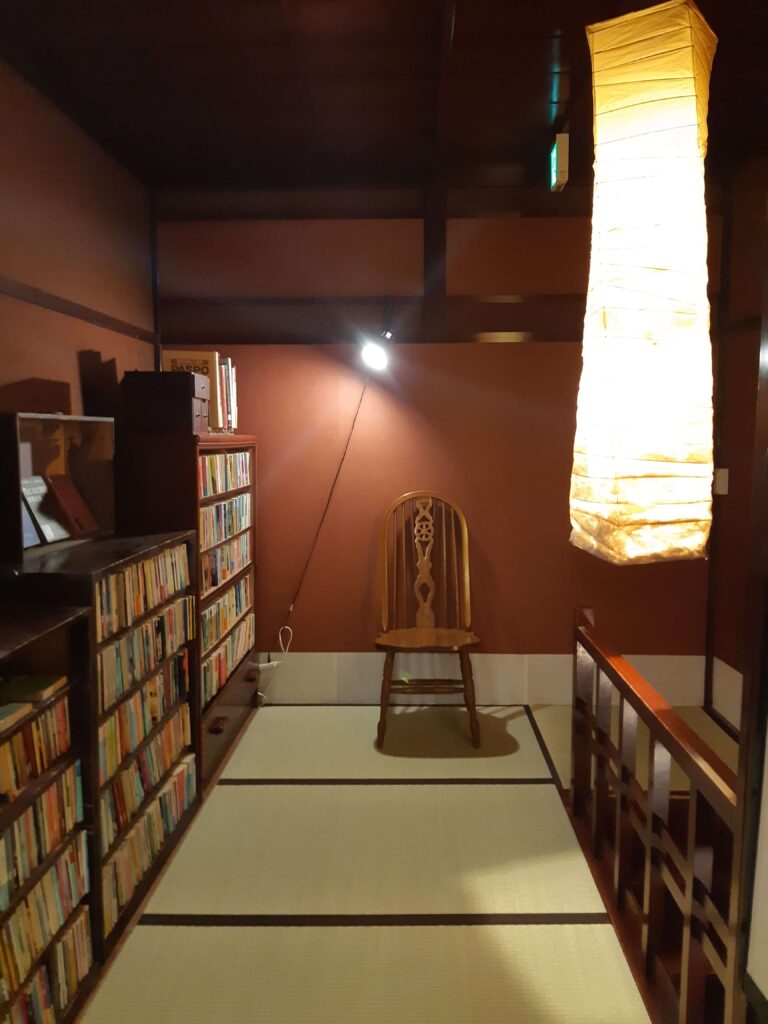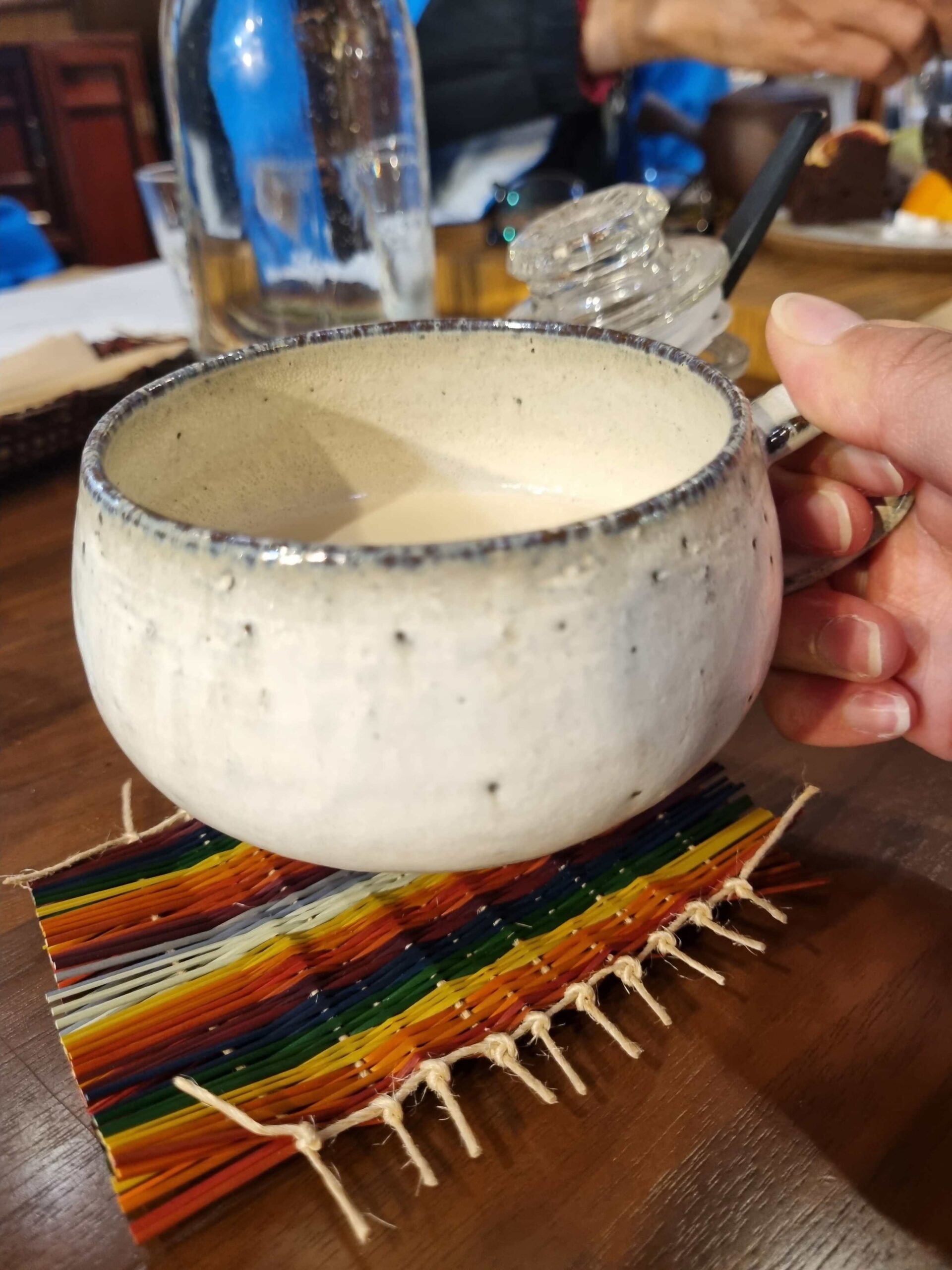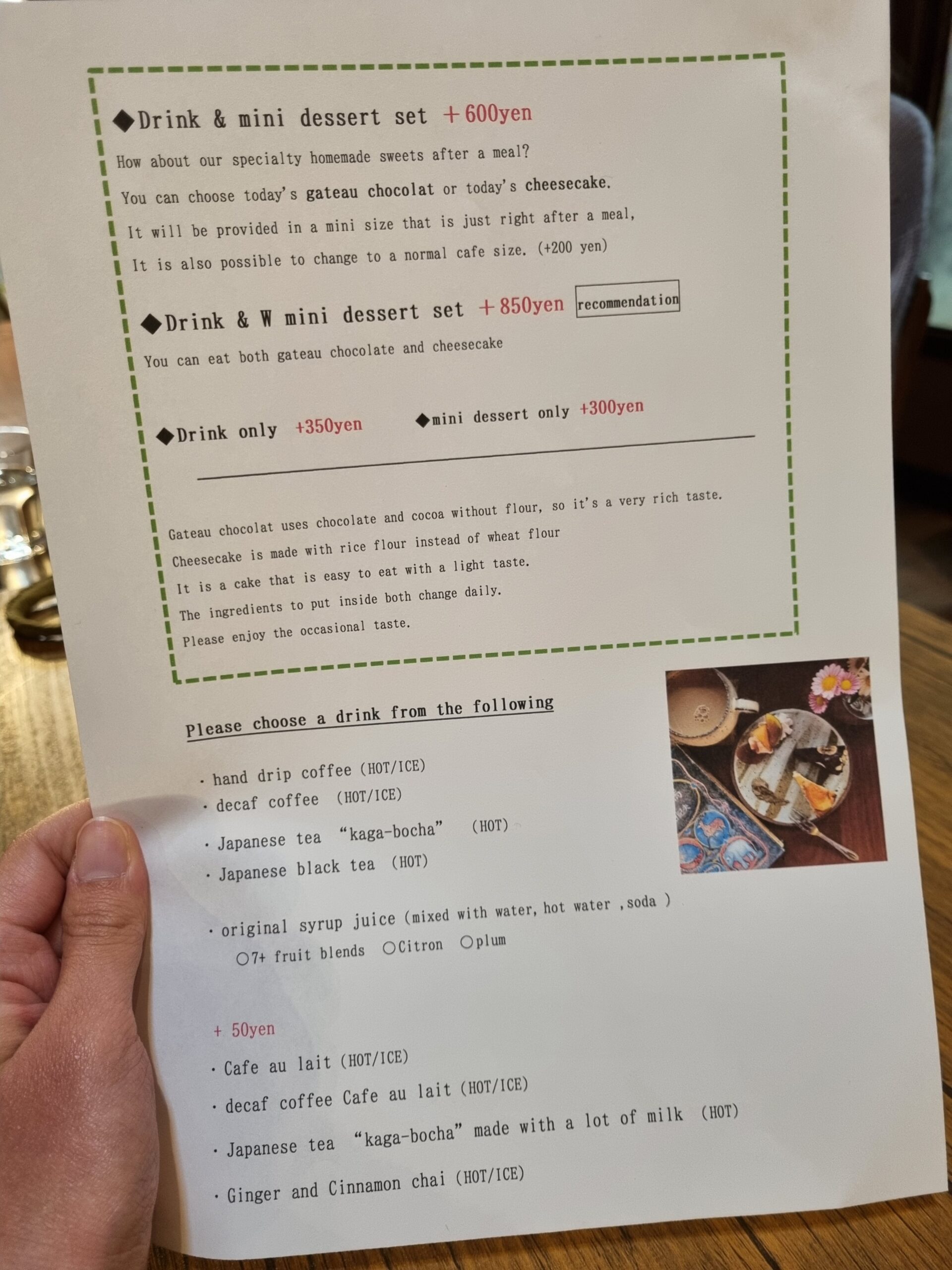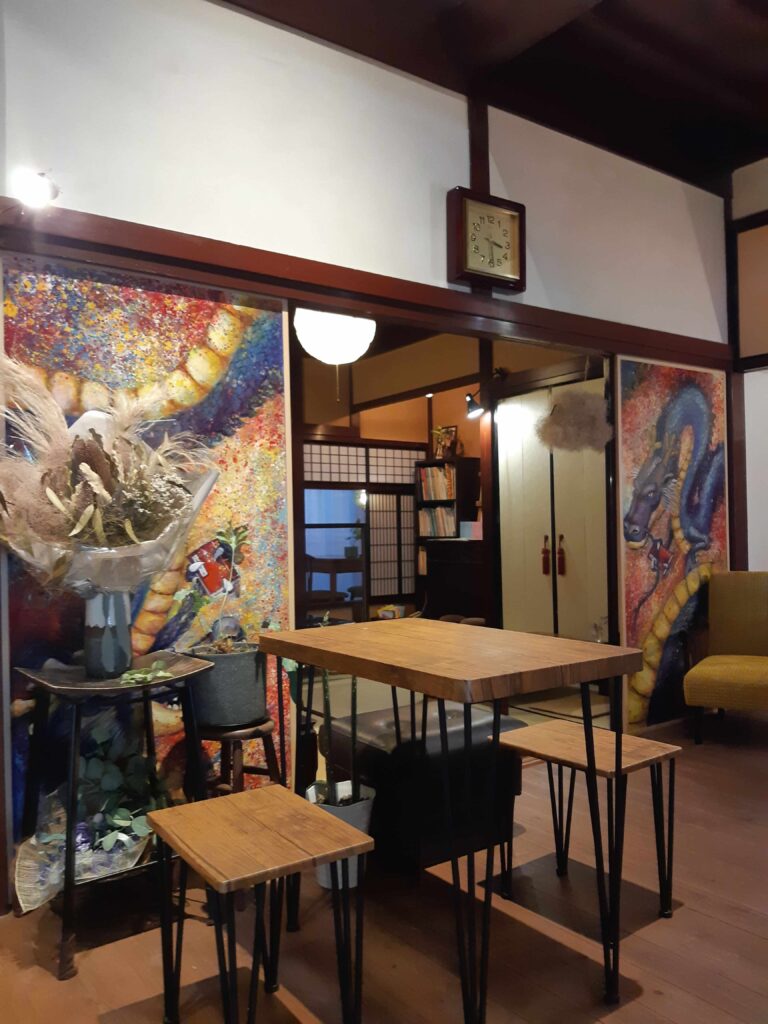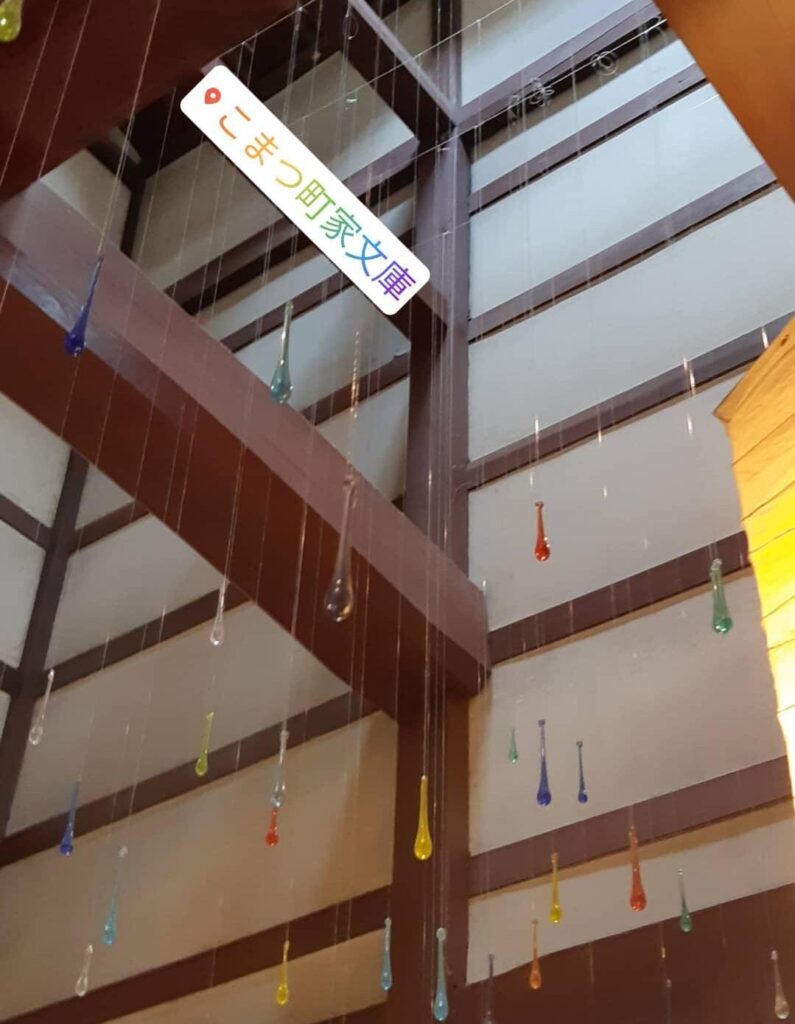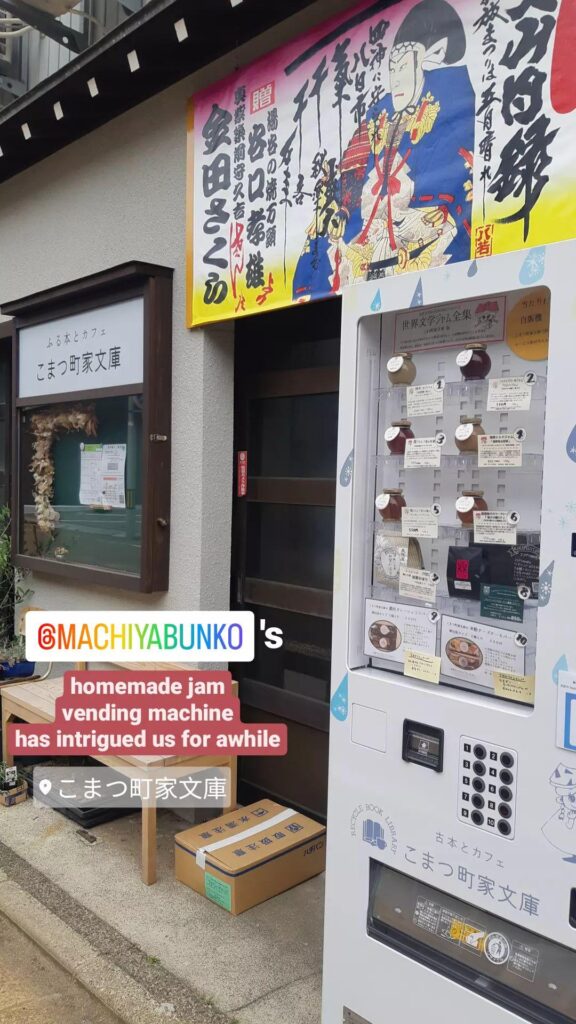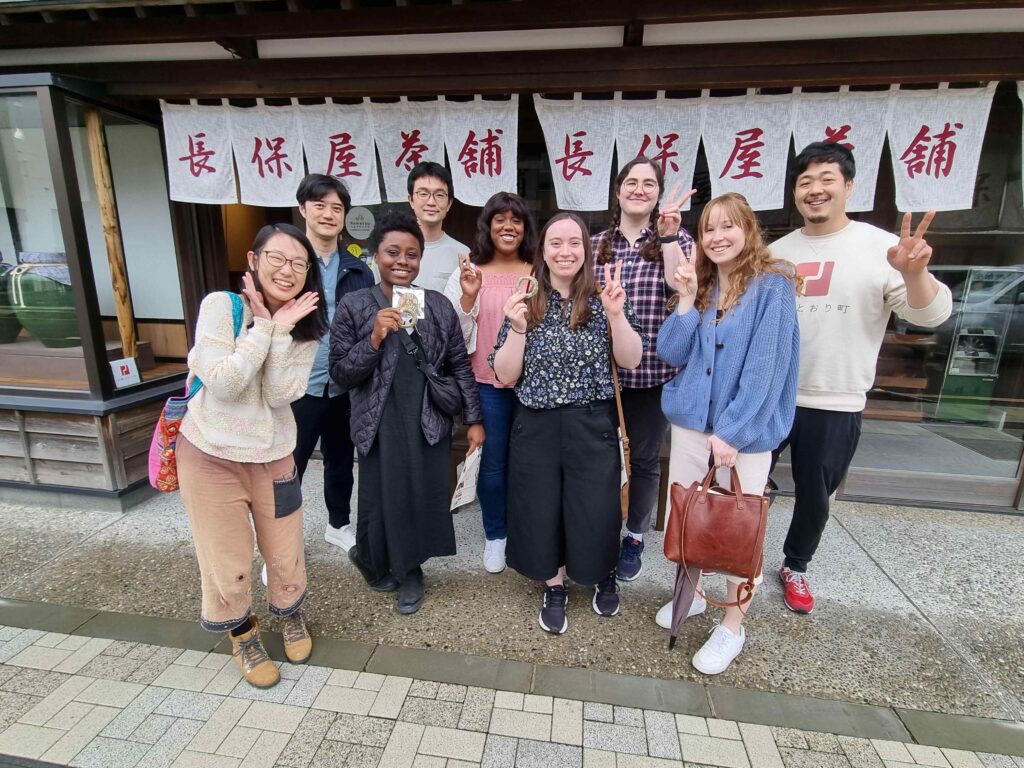What’s New
Walk Down History Lane, With the Shopkeepers!
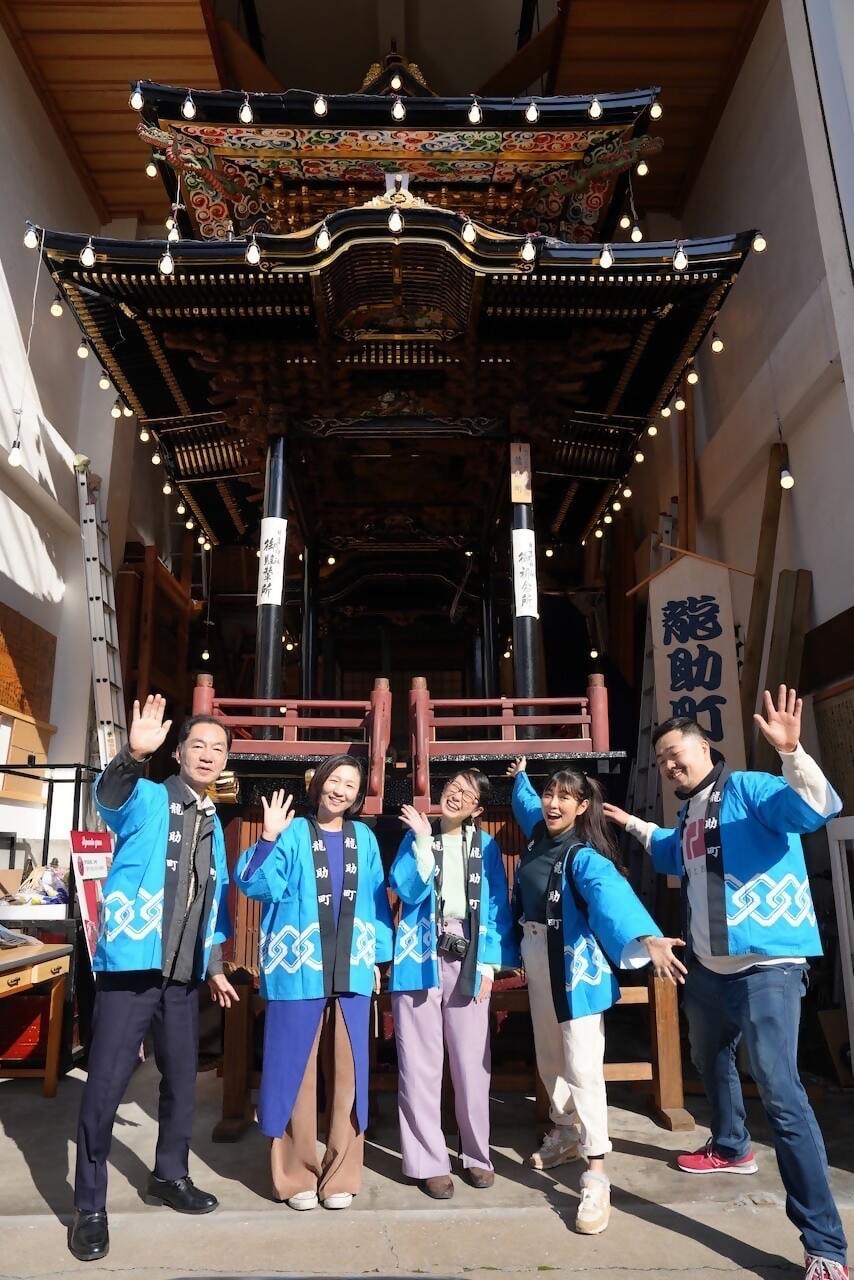
If you find yourself around Komatsu Station looking for something fun and meaningful to do, we at Explore Komatsu highly encourage you to take a 5 min walk down to the street of Ryusuke-cho.
Where the passionate shop owners are more than eager to welcome visitors from all over the world, and impart their stories of the rich history and traditional culture hidden in this unassuming street, lined with old shop houses.
The residents of Ryusuke-cho affectionately refer to their area (including the adjacent street of Nishi-cho) as Hokkoku Toorimachi, its historical name back when it was part of a bustling trade route.
Many of the shop houses that still stand there today date back to that prosperous time, the oldest we have encountered being over 650 years old!
And while the current generation continues the legacy of their long-running family businesses, they have also given intimate personal tours of their beloved street, which we’ve had the privilege of partaking in.
So that many more of you can uncover this hidden gem for yourselves, we are sharing a walk-through of those tours here!
You may reach out to the shop owners to arrange for a similar tour (they’d be thrilled!), or use this as reference for a self-guided tour!
Tour Overview:
- The first tea-cultivator in Ishikawa, in fact Hokuriku!
- Komatsu Karaage at the well-loved local butcher
- Sneak peek at Komatsu’s tallest festival float
- Coaster-making with tatami at an over 235-year-old tatami shop
- Bring them all together: Enjoy a cup of tea on your coaster, with a bowl of the butcher’s roast pork bowl, in a machiya townhouse cafe!
-
Choboya Tea Shop: The First Tea-Cultivator in Ishikawa & Hokuriku
Start right off with one of the oldest and most historically-significant shops in the area.
An over 360-year-old tea shop currently helmed by 12th generation owner, Hasebe-san.
Like many shops in the area, Choboya may seem like a humble little shop on the outside, but it actually has a big historical role: its ancestors were the first to succeed in cultivating tea in Ishikawa, and in fact the wider Hokuriku area!
i.e. the “Pioneers of Kaga Tea”
(The Ishikawa area was formerly known as the Kaga Domain in the feudal period)
Lamenting the lack of locally-produced tea, the first-generation Hasebe Riemon brought over seeds from Kyoto and persevered in cultivating them on Komatsu soil, eventually succeeding in producing tea that delighted even the domain lord.
If you are unsure how best to enjoy tea, Hasebe-san is happy to explain the right steps to brewing, and give you a personal demonstration!
We happened to visit during tea harvest season (April), and got the chance to try some cold-brewed tea using young tea leaves (known as shincha 新茶). Perfect during the warmer seasons!
When it comes to tea in Ishikawa, what most may know of is the Ishikawa-unique brand of roasted green tea (hojicha), known as Kaga Bocha.
“Bo” (棒) means stem, and refers to the fact that yes, stems instead of leaves are used for this tea: at the height of local tea production, all the good tea leaves had been exported, leaving little for the locals to enjoy. But innovating as they were, they decided to try roasting the remaining stems for themselves, and found that it made for some good tea too!
Choboya produces their own Kaga Bocha as well, and is one of our faves! They come in a variety of packaging to fit your needs: loose leaves (well actually, stems), tea bags, and even individual tea bags in cute packets that make perfect gifts!
Update: Choboya now offers two experiences to visitors!
- Roast-your-own Kaga Bocha (1100 yen, 20 mins)
- Traditional Tea-tasting (1500 yen, 45 mins)
*DM @chooboya with ①No. of people and ②Desired date and time, at least 2 days in advance
Nakade Butcher: A 3rd-Gen Meat Shop Committed to Local
Now that we’ve cleansed our tummies with some tea, we give ourselves license for something more sinful
Some freshly-fried karaage fried chicken at the well-loved local meat shop, Nakade Butcher!
Committed to supporting local, the karaage here is prepared with a special marinate of all-Komatsu ingredients: Komatsu sake lees, Komatsu shio koji (fermented rice), Komatsu barley miso, and fried crisp with a coating of Komatsu rice flour!
3rd-generation Nakade-san is one of the key local leaders spearheading the promotion of Hokkoku Toorimachi’s heritage. He tells his homecoming story of how he realized while working in Tokyo that his grandfather’s chashu roast pork would not lose out to even the best in the capital, and thus decided to return home to carry on his family’s precious craft.
For said chashu roast pork, he continues to use the same marinate that has been continuously topped up since his grandfather’s time! Small packets of ready-to-eat slices can be purchased and eaten as is or toasted at home.
And for those keen to support Noto disaster recovery, it is worth noting that free-range Noto pork, roasted with Noto charcoal, is used here.
Psst, if you prefer to savor it fully on site, keep on reading for just the place for that
Ryusuke-cho’s Hikiyama Festival Float: The Tallest in Komatsu!
Ryusuke-cho is actually one of the 8 neighborhoods in Komatsu owning a hikiyama float, that debut during the Otabi Festival in May!
It is in fact the tallest of the lot. And if you have the shop owners as your personal guide, they would most likely be happy to give you a sneak peek at their float hiding within the neighborhood’s storage cellar. There’s nothing like looking up at the towering float right before your eyes…
They may even prepare a special performance or experience for you so you can get a taste of some of that festive mood
Takimoto Gozaten: Make Coasters With Tatami Grass at a 26th-Gen Tatami Shop!
We next step into yet another one of Ryusuke-cho’s oldest shops, Takimoto Gozaten.
“Goza” are thin mats made of the same igusa grass as tatami, and are placed over tatami mats as protection.
And Takimoto Gozaten is an almost 250-year-old goza mat shop, currently run by 26th-generation Tsuji Naoko!
It may be hard to tell that history just from appearance.
(although the sign outside tells us that the building itself was established in 1480!!)
With the shop’s stylishly modernized decor, and the colorful array of antiques that Naoko-san has since gathered from all over the world. Yes even if you don’t intend to buy a goza mat, you’ll find a whole treasure chest of knick-knacks, clothing, accessories, and other unique items to brighten up your everyday here.
But for our tour, we’ve come not to purchase, but to make our own.
That is, our very own coaster weaved from igusa grass!
First an important back story on the significance of igusa grass in Komatsu:
Komatsu was actually once a major igusa-producer, and the northern-most one in Japan at that!
(most other igusa-production centers are way down south in the warmer areas of Kyushu or Hiroshima)
This means that the grass here has to withstand the harshest cold… but that also makes it stronger! (you know what they say, what doesn’t kill you…;))
Unfortunately, igusa farmers have dwindled over the years due to lack of succession, and there is all but one farmer left in Komatsu…
And for our coaster, Naoko-san generously allows us to use some of that precious grass!!
To use the grass for coaster-making was actually Naoko-san’s own original idea, so she has had to constantly experiment and refine it to make it as easy and fun for participants.
We actually attended two variations of this workshop: the first using purely Komatsu-produced grass, and the second time incorporating grass from other areas that are dyed in a variety of colors!
- Naoko-san patiently explains the igusa coaster-weaving technique she invented herself
- Using this simple weaving set-up!
With Naoko-san’s personal guidance and rather straightforward repetitive steps, we think both were perfectly suitable even for people with no handicraft experience, and even children.
We managed to finish ours easily within 30 mins.
Machiya Bunko: Nakade’s Pork Bowl + Choboya’s Tea + Our Handmade Coaster at a Townhouse Cafe
After absorbing all that history, we sum it all up at our final stop: Machiya Bunko, a recycle book cafe housed within an over 90-year-old machiya townhouse.
- The cosy space of Machiya Bunko
Here we get a taste of the legendary roast pork from Nakade Butcher, in the form of the cafe’s “Ryusuke Don”! Glistening slabs of chargrilled pork are laid on multigrain rice with a colorful side of local vegetable salad, to make a nutritious wholesome meal.
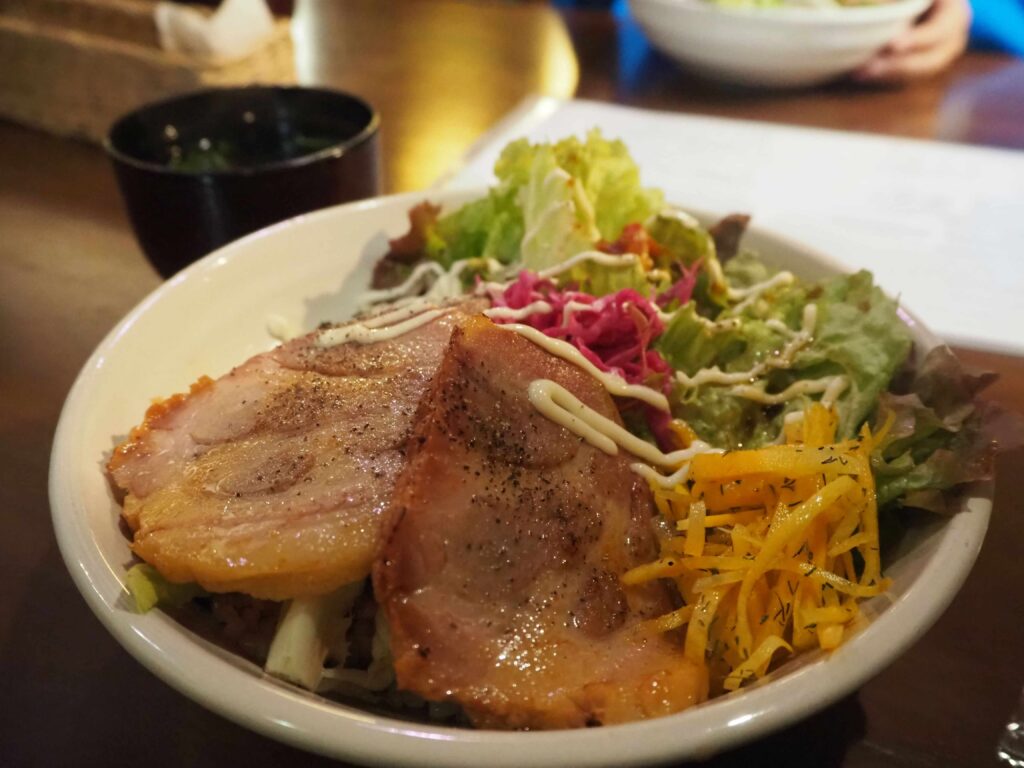
Get the “Ryusuke-don” to savor Nakade-san’s legendary roast pork succeeded from his grandfather, in the form of a hearty rice bowl
Of course, we have to make full use of our freshly-made coaster by ordering a drink too.
That is, a roasty cup of milk tea made with Choboya’s Kaga Bocha!
- A mug of Choboya’s Kaga Bocha milk tea, on our handmade coaster!
- We recommend enjoying one of their homemade cakes with your drink!
We think this is a perfect embodiment of what is truly special about this neighborhood: the intimate connections between everyone, formed through their shared passion for their hometown and heritage.
And Machiya Bunko itself is the perfect space to experience all this, as a community space aiming to connect people through the exchange of pre-loved books.
Even if you can’t read Japanese, just being in the space itself is a lovely experience. With the beautifully preserved interior of an old machiya, dotted with decorations crafted by local artisans.
- The fusuma sliding doors are painted by a local artist
- The cascade of rainbow glass beads are also the work of a local artisan!
AND it is also a great place to grab a souvenir: owner Kaneda Natsuyo also makes her own jams from local ingredients <3
Our recommendation would be their Kaga Bocha jam, “Kaga Botchan” (all their jams are punned after famous books :P), yes also made using Choboya’s tea!
A wide array of jams made from Ishikawa-produced fruit will also leave fruit-lovers spoilt for choice. All are free from preservatives and coloring, and use only unprocessed raw sugar, at the bare minimum required.
Even if the cafe is closed (or just for the extra fun), you can also get some of the jams through the vending machine right outside
As well as the cafe’s seasonally-flavored chocolate cake or cheesecake!
The Shopkeepers of Hokkoku Toorimachi Welcome You <3
And that’s our recommended way to enjoy this rich treasure chest of heritage just by Komatsu Station!
Did we mention that this whole tour took just two hours?
It just goes to show how much Komatsu has to offer, dwelling behind it’s unassuming facade.
But more than anything, as the passionate shop owners of Hokkoku Toorimachi exemplify, the biggest treasure of Komatsu is really it’s people.
So while these tours were offered on a one-time basis, we highly encourage you to reach out to the shop owners, and see if they may be able to provide some of these experiences, for a reasonable fee.
We are sure they would be more than happy to guide you, if their schedules allow! (they do have a business to run too after all)
You may contact them directly (via Instagram DM etc.), or let us know your interest @explorekomatsu and we will try our best to help arrange!
Shop Information
Choboya Tea Shop 長保屋茶舗
Instagram: @chooboya
Hours: 9AM – 6PM
*open daily
Nakade Butcher 中出精肉店
Instagram: @yakibuta_komatsu_ishikawa
Hours: 9AM – 6PM
Closed: Mondays (karaage only Fri-Sun)
Takimoto Gozaten 滝本茣蓙店
Instagram: @takimotogozaten
Hours: 10AM – 6PM
Closed: Tue & Wed
Machiya Bunko Cafe 町家文庫
Instagram: @machiyabunko
Hours: 11AM – 6PM
Closed: Sun-Tue



